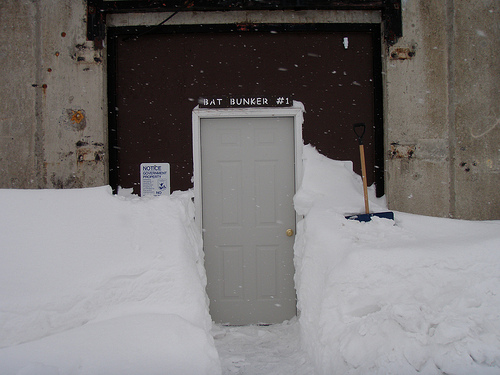 Thirty bats from New York and Vermont, some of which were visibly infected with white nose syndrome (WNS), were moved to a specially-prepared military bunker in Maine to spend the winter. Nine bats survived, a higher percentage than would have been expected if they had been left in the wild. Those bats were returned to the locations where they were found.
Thirty bats from New York and Vermont, some of which were visibly infected with white nose syndrome (WNS), were moved to a specially-prepared military bunker in Maine to spend the winter. Nine bats survived, a higher percentage than would have been expected if they had been left in the wild. Those bats were returned to the locations where they were found.
“We learned a lot from this experiment,” said Vermont Fish & Wildlife bat project leader Scott Darling in a department press release. “These bats were visibly infected before being placed in the bunker, so we wouldn’t have expected many of them to survive in their natural cave environment.”
Read the Vermont Fish and Wildlife press release here.
Read the US Fish and Wildlife Service, Northeast’s blog here — with many wonderful photos. (Scroll down a bit to get to the main story about the bunker and WNS.)
Read a guest post on the USFWS white nose syndrome blog from the assistant manager at the National Wildlife Refuge where the bats wintered here. (With the same photos, and a link to a Flicker page.)Read an article from the Rutland (Vermont) Herald here. (But be warned that its articles go behind a paywall in a week, sometimes sooner.)
And in related news, here’s a report from the Barre/Montpelier Times-Argus and Rutland Herald, about further WNS research in Vermont this winter. (It may also disappear behind a paywall.)
Photo: The bunker door at the Aroostok National Wildlife Refuge in late March. by Steve Agius, courtesy USFWS


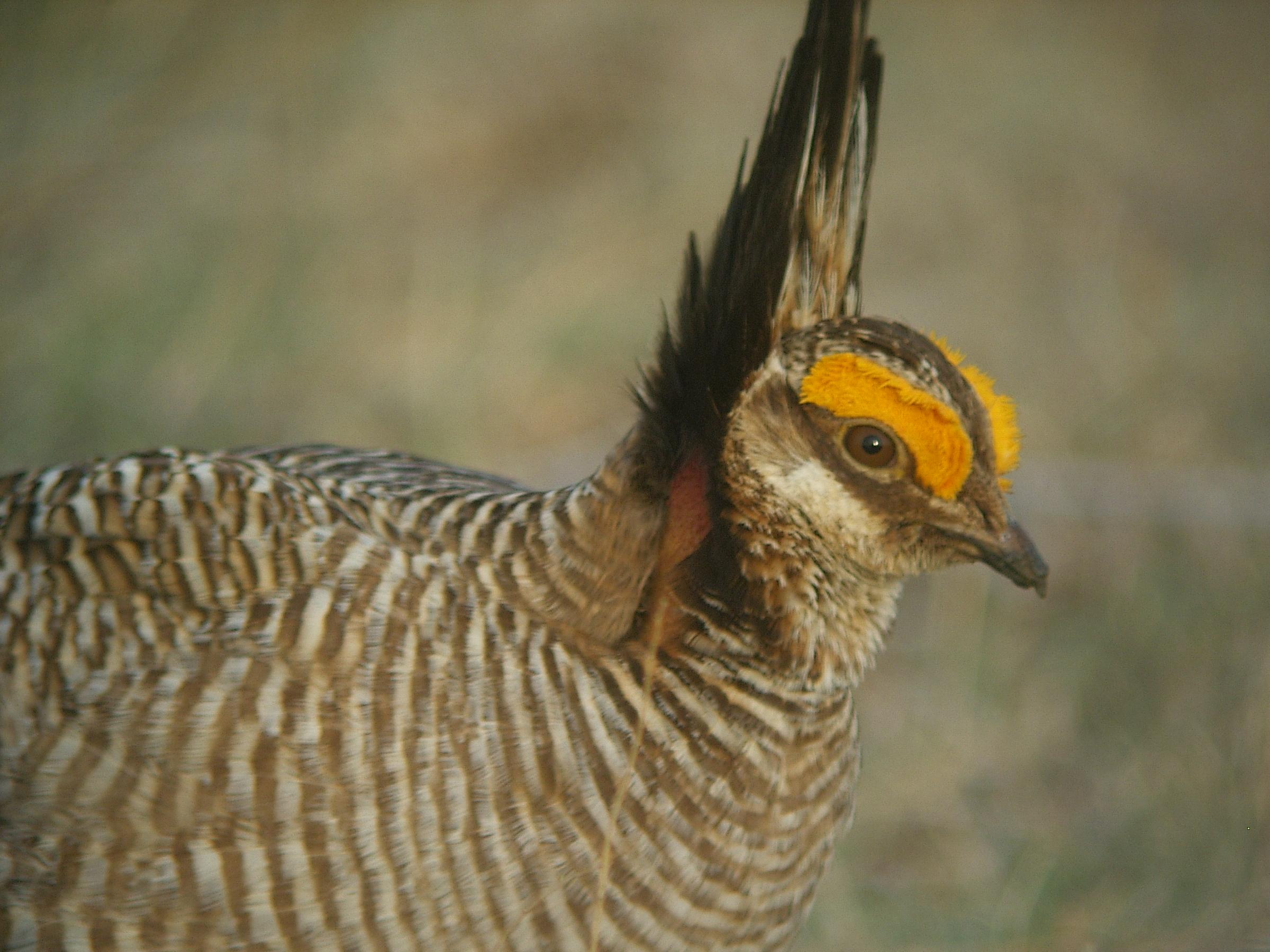 Five states submitted a plan for conserving lesser prairie chickens to the US Fish and Wildlife Service last week. It is the third draft for the plan, Lone Star Outdoor News reports. The five states are Colorado, New Mexico, Texas, Kansas and Oklahoma. The multi-state conservation plan is a bid to keep the bird of the federal endangered species list.
Five states submitted a plan for conserving lesser prairie chickens to the US Fish and Wildlife Service last week. It is the third draft for the plan, Lone Star Outdoor News reports. The five states are Colorado, New Mexico, Texas, Kansas and Oklahoma. The multi-state conservation plan is a bid to keep the bird of the federal endangered species list.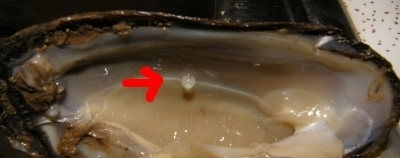 If you work with freshwater mussels, you know that their larval form, known as glochidia, often must live as a parasite in a suitable species of fish to survive. Georgia Department of Natural Resources (DNR) and University of Georgia scientists have discovered that that relationship may work the other way as well: in 2009 DNR zoologist Jason Wisniewski found a developing shad egg inside the shell of a freshwater mussels.
If you work with freshwater mussels, you know that their larval form, known as glochidia, often must live as a parasite in a suitable species of fish to survive. Georgia Department of Natural Resources (DNR) and University of Georgia scientists have discovered that that relationship may work the other way as well: in 2009 DNR zoologist Jason Wisniewski found a developing shad egg inside the shell of a freshwater mussels.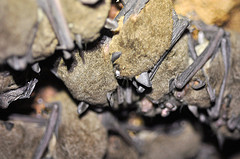
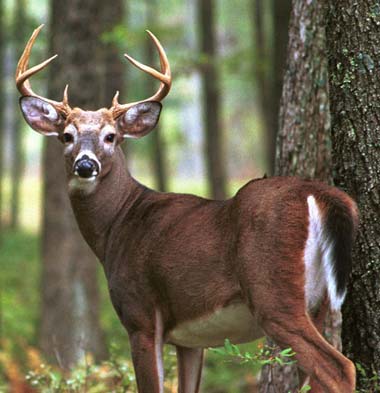 Three hunter-killed, wild deer were found to have chronic wasting disease (CWD) the Pennsylvania Game Commission announced in March. The disease had first been discovered in the state last October, but it was only found in a single captive deer.
Three hunter-killed, wild deer were found to have chronic wasting disease (CWD) the Pennsylvania Game Commission announced in March. The disease had first been discovered in the state last October, but it was only found in a single captive deer.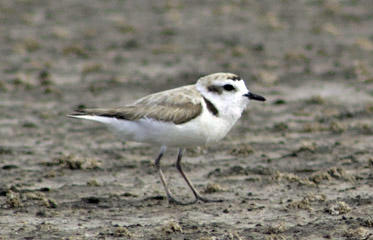 The Kansas Department of Wildlife, Parks and Tourism (KDWPT) has begun a review of threatened, endangered, or species-in-need-of-conservation (SINC) species,
The Kansas Department of Wildlife, Parks and Tourism (KDWPT) has begun a review of threatened, endangered, or species-in-need-of-conservation (SINC) species,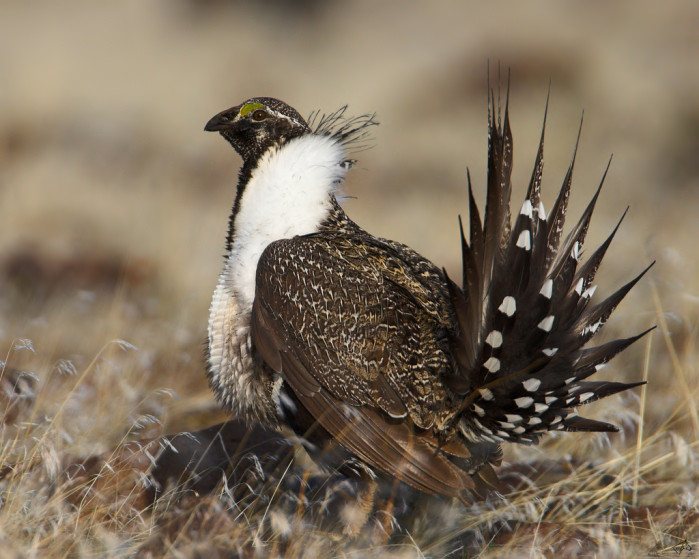 A US Fish and Wildlife Service report says that sage grouse are threatened by the loss and fragmentation of their sagebrush habitat. The habitat is being lost most commonly to wildfires which burn hotter because of invasive species. Ironically, another cause of habitat loss in the invasion of conifers into the sagebrush ecosystem, which is caused when fires don’t occur frequently enough.
A US Fish and Wildlife Service report says that sage grouse are threatened by the loss and fragmentation of their sagebrush habitat. The habitat is being lost most commonly to wildfires which burn hotter because of invasive species. Ironically, another cause of habitat loss in the invasion of conifers into the sagebrush ecosystem, which is caused when fires don’t occur frequently enough.